Follow our upcycling ideas and use salvaged materials for an eco garden
Add character with garden upcycling ideas, stylish salvage and pre-loved materials. Here's how to do it...
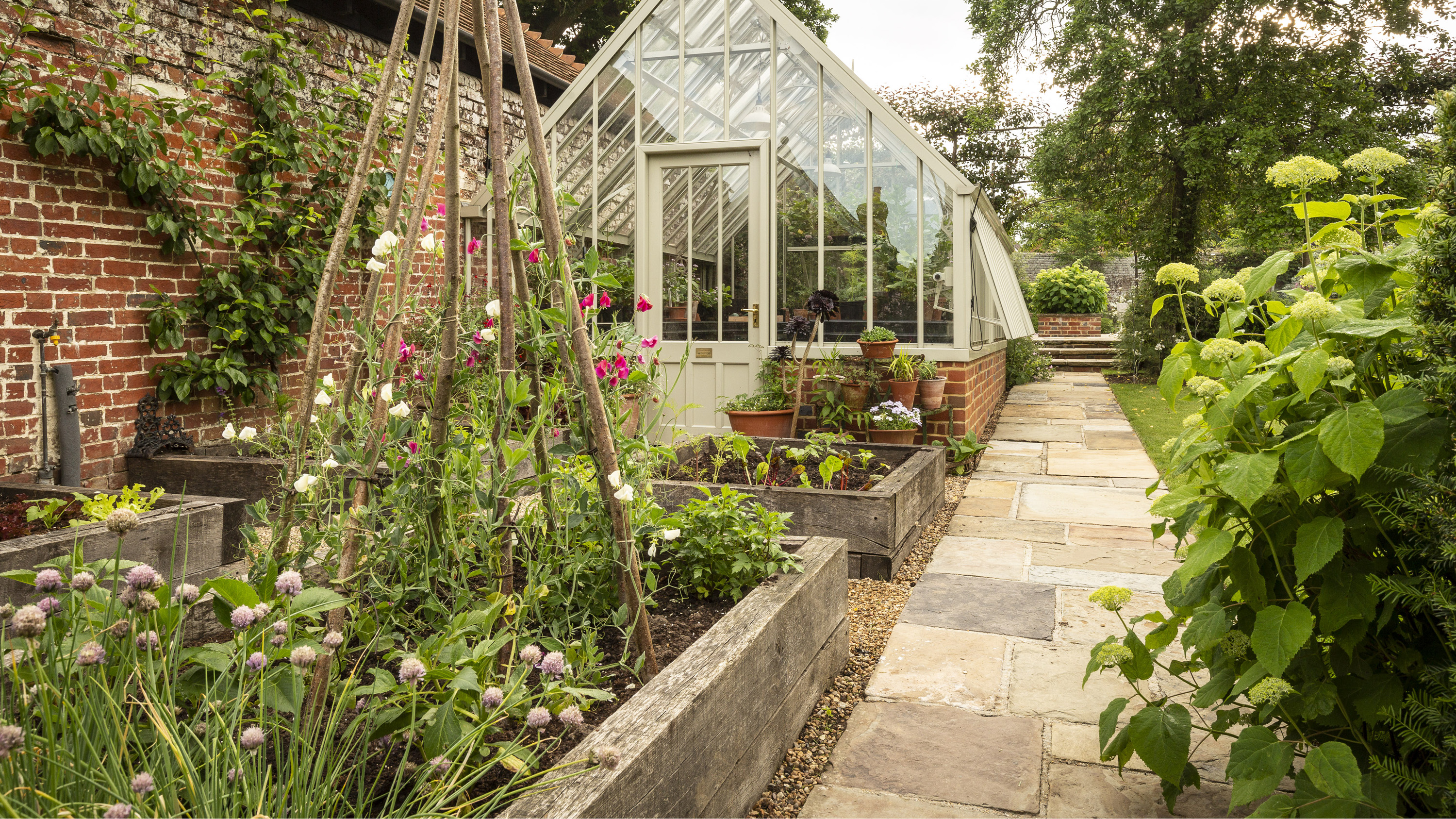
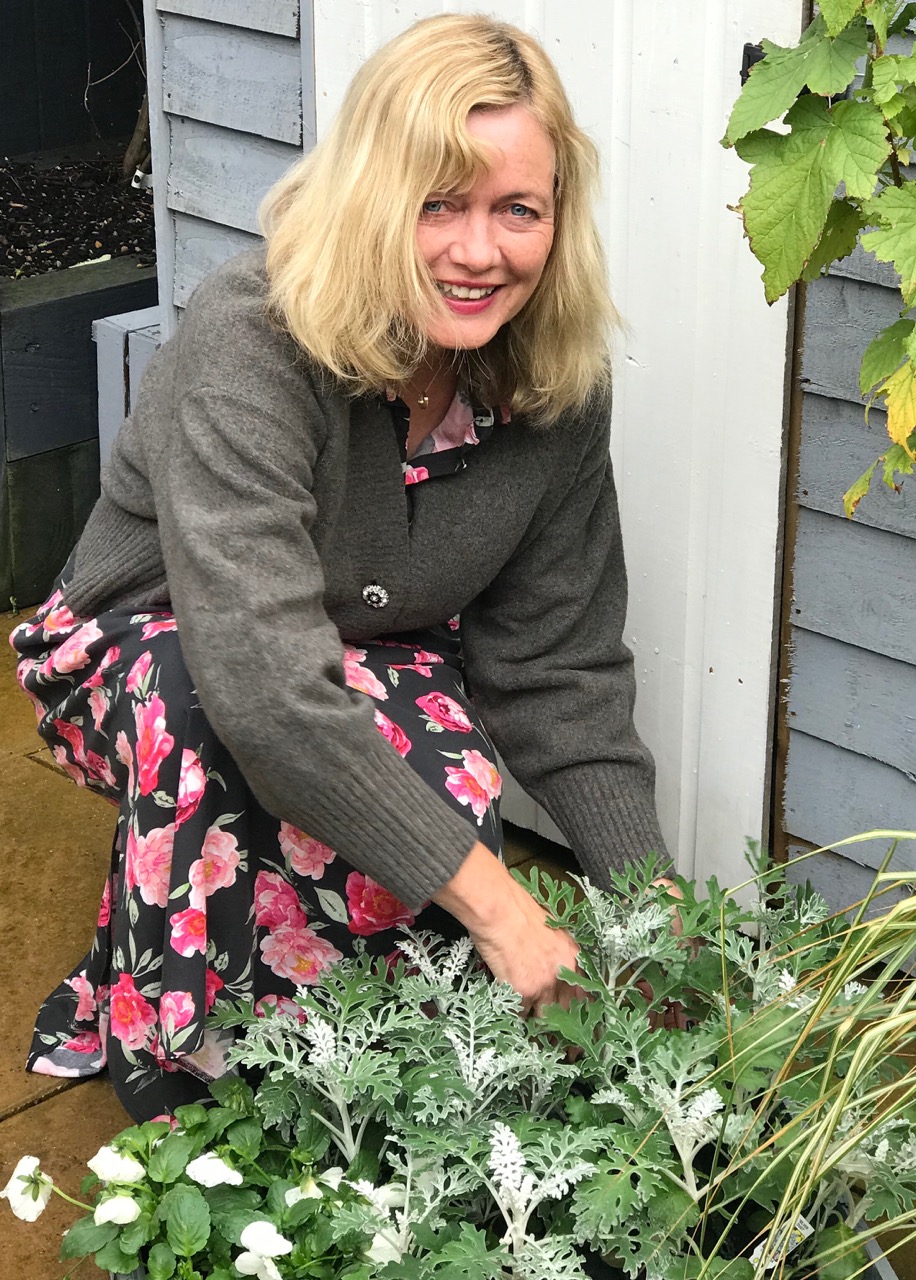
The best garden upcycling ideas turn unwanted, unloved materials into a unique feature that gives your outdoor space added personality. Whether it's a cluster of mellow old terracotta pots on an outdoor ledge, weathered railway sleepers creating a sturdy raised bed or a sunset red reclaimed brick patio with a bistro set on top, salvaged and recycled materials can be used to great effect in any space. Plants look very much at home with the weathered patina and colours of old metal, mellowed wood and re-used stone, and it’s possible to create the illusion that a garden has been around for a long time, even if it is a relatively new space.
The trick is to use salvage sparingly. Focus on a few carefully chosen pieces or perhaps one or two key features to avoid a messy or cluttered feel. Vintage materials can work well alongside modern ones, creating a harmonious blend of old and new. Read on for our favourite ways to upcycle salvaged materials in your garden, then head to our garden design ideas for more inspiration.
Where can I find good garden salvage for upcycling?

It depends on what you’re looking for, but in general, you will find building materials such as bricks, stone, old cobbles, tiles, paving slabs and path edging at specialist salvage and reclamation yards (search Salvo for one local to you). It is also worth scrolling through Gumtree and Facebook Marketplace. Set up a phone alert on searches if you are hunting for something specific, as garden salvage does not hang around for long, especially if it is cheap or even free.
For planters, garden furniture, old signs, plinths, architectural antiques, rustic tools and even wrought iron gates, antiques fairs are a good hunting ground and they take place countrywide all year round. Try IACF or Arthur Swallow Antique & Home Shows for large, outdoor events with plenty of stalls and choice. Go early for the pick of the stock, and take cash to seal the deal. Car boot sales, table top events and garage sales are always worth trying for individual pieces. Again, go early, and pounce immediately if you spot something. It is also worth checking out local antiques centres and junk shops for outdoor accessories.
How much will it cost?
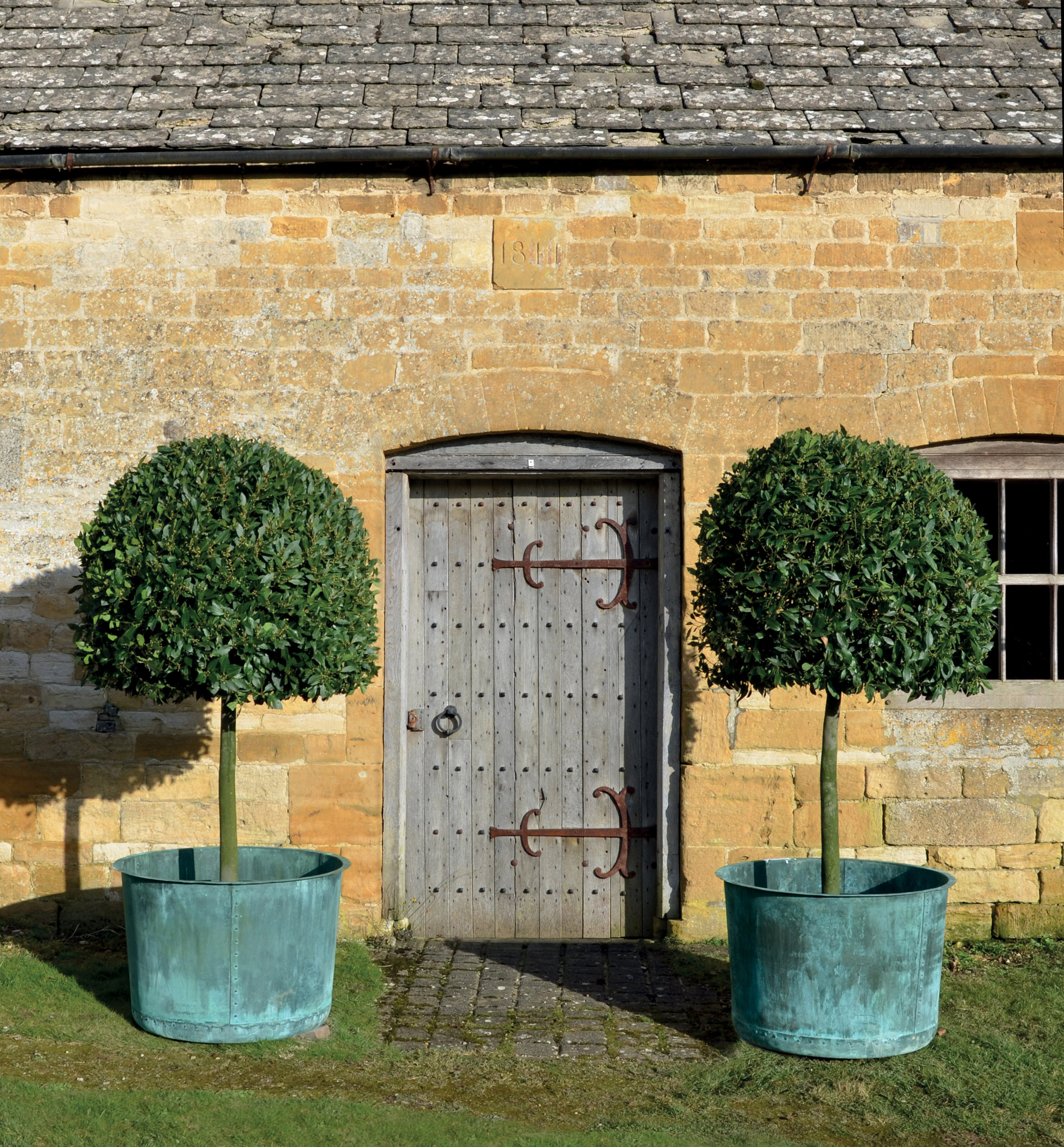
Secondhand does not always mean cheaper – and some garden salvage such as old stone planters and wrought iron furniture may be highly sought after and therefore more expensive than new. It is always worth making an offer if you keep it realistic. Dealers sometimes accept 10 or 20 per cent below the asking price.
Ideas for paths and patios
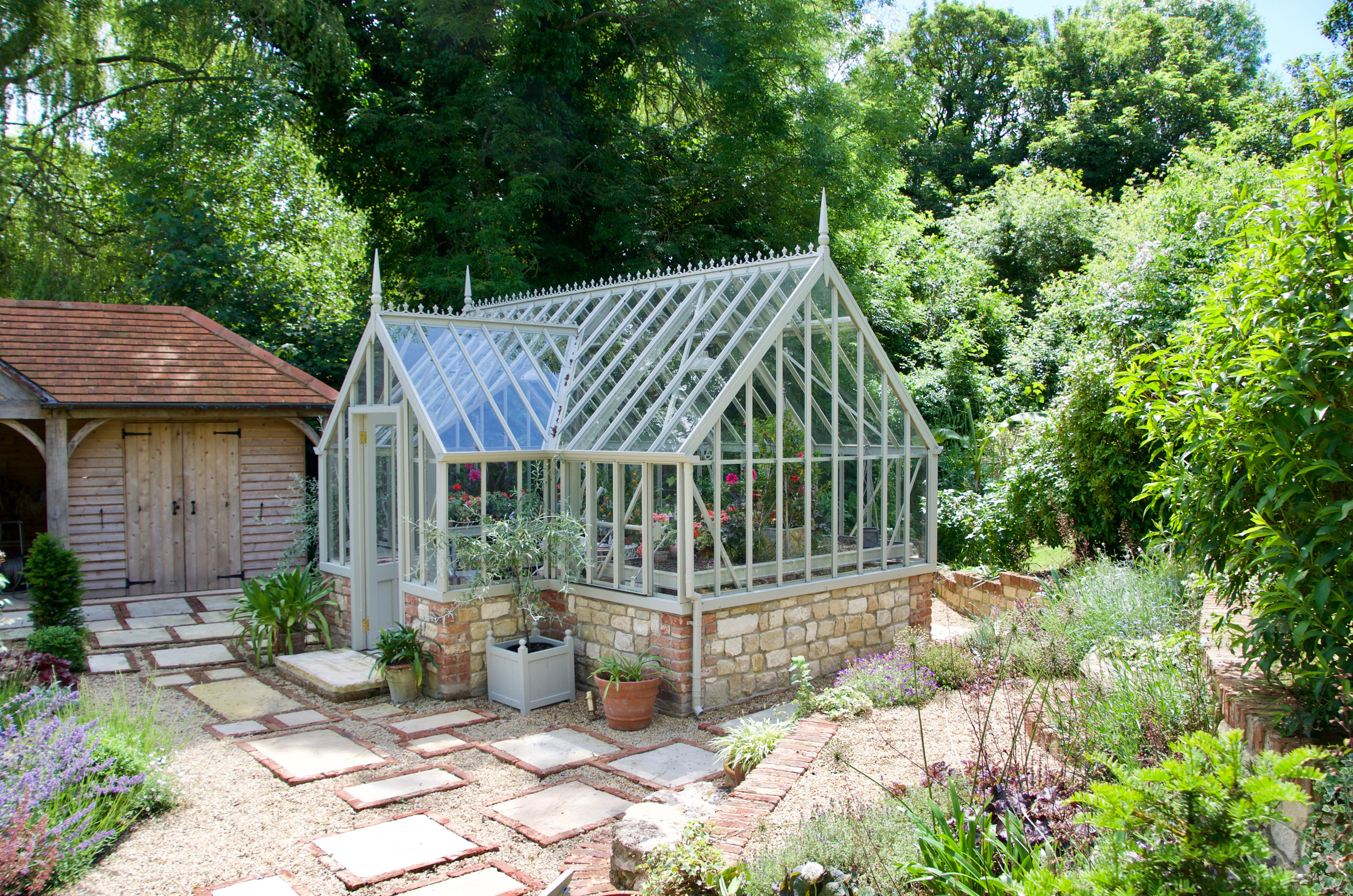
Reclaimed brick is one of the most commonly used and versatile salvaged materials. Bricks are saved from demolition sites, and then cleaned up to remove any old mortar and paint. Bricks come in different colours, depending on where in the country they were made, with red, cream, orange and yellow the most common colours. They can be repurposed to make a path or a patio, used to construct a feature wall, or laid flat as edging for a path or flower bed.
York stone paving is often reclaimed from old pubs or country houses, and it gives an instant illusion of age and history. York flagstones are traditionally rectangular in size, hence the ‘flag’ in the name, and they are more expensive to buy than bricks. They are suitable for patios or pathways.
Cobbles or setts add texture, and they could be used in different areas of the garden to create a visual link. Cobbles are small and rounded in shape, and they were originally taken from river beds. Setts are straight-sided blocks of quarried stone. They can be cube or loaf-shaped and they are usually made from sandstone or granite.
Victorian edging tiles make a stylish and neat edge to a path or border and will add kerb appeal in a front garden. Often found in salvage yards, they feature a decorative pattern on the top edge, such as a barley twist or a rope effect. They are best fixed in a bed of mortar to make them secure.
Reclaimed wood options
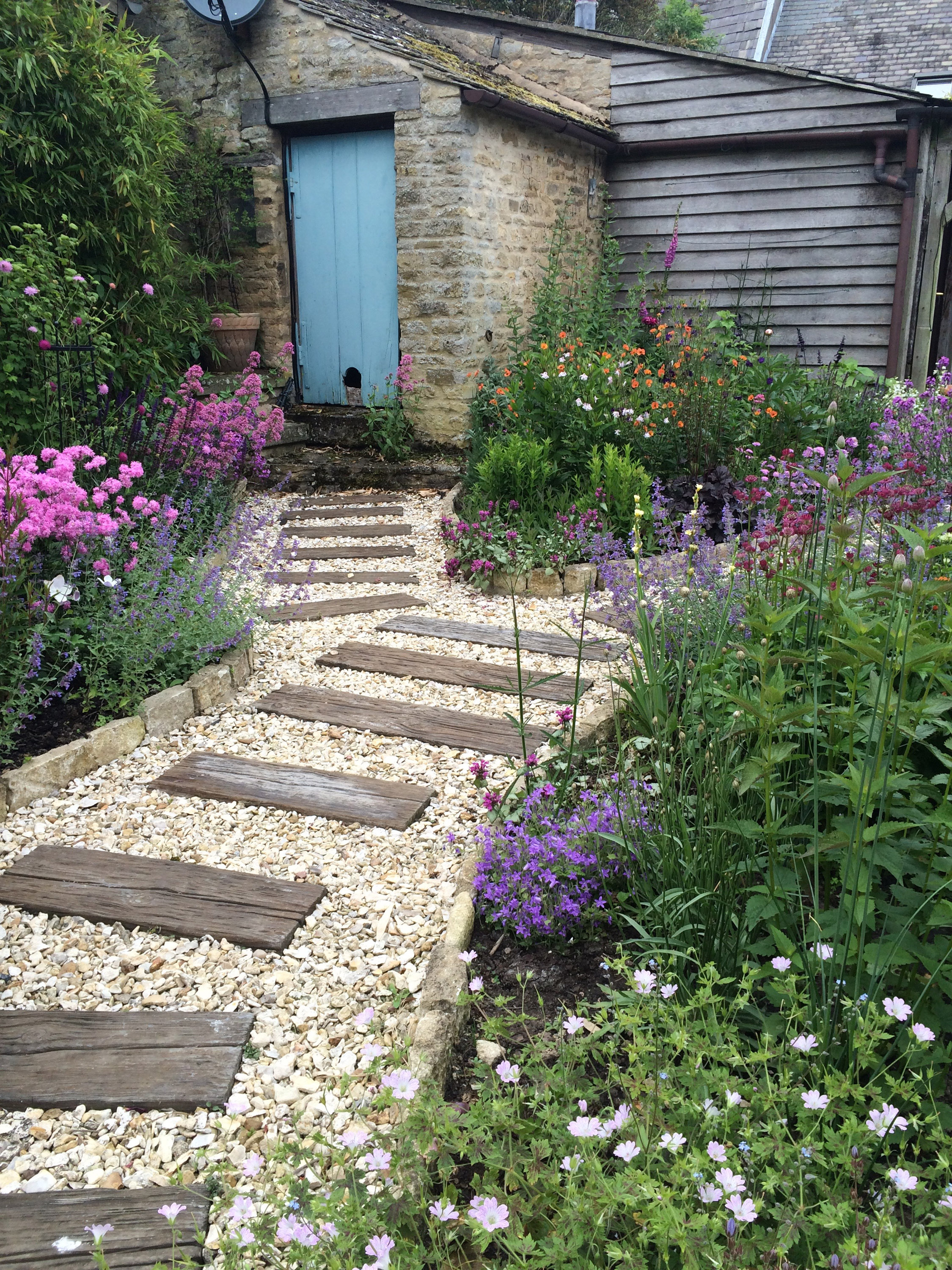
Railway sleepers have multiple uses in the garden. Chunky and sturdy, they work well as the framework for raised beds. Although genuine sleepers have huge rustic appeal, the drawback is that they may contain ingrained tar or creosote which seeps out during hot weather. This makes them unsuitable for areas where fruit or vegetables are grown. In this instance, new, untreated sleepers, available from builders’ merchants, are a better option.
Wooden sleepers can be sunk into a gravel path at regular intervals to create texture and interest. They may become slippery when they are wet, so it is a good idea to leave gravel sections between the wood.
A reclaimed wooden gate or a section of a door makes a fun feature inside a garden shed. Stand it on top of a potting bench and use the ledges as shelves for a quirky tool store.
Upcycling ideas for plants and containers
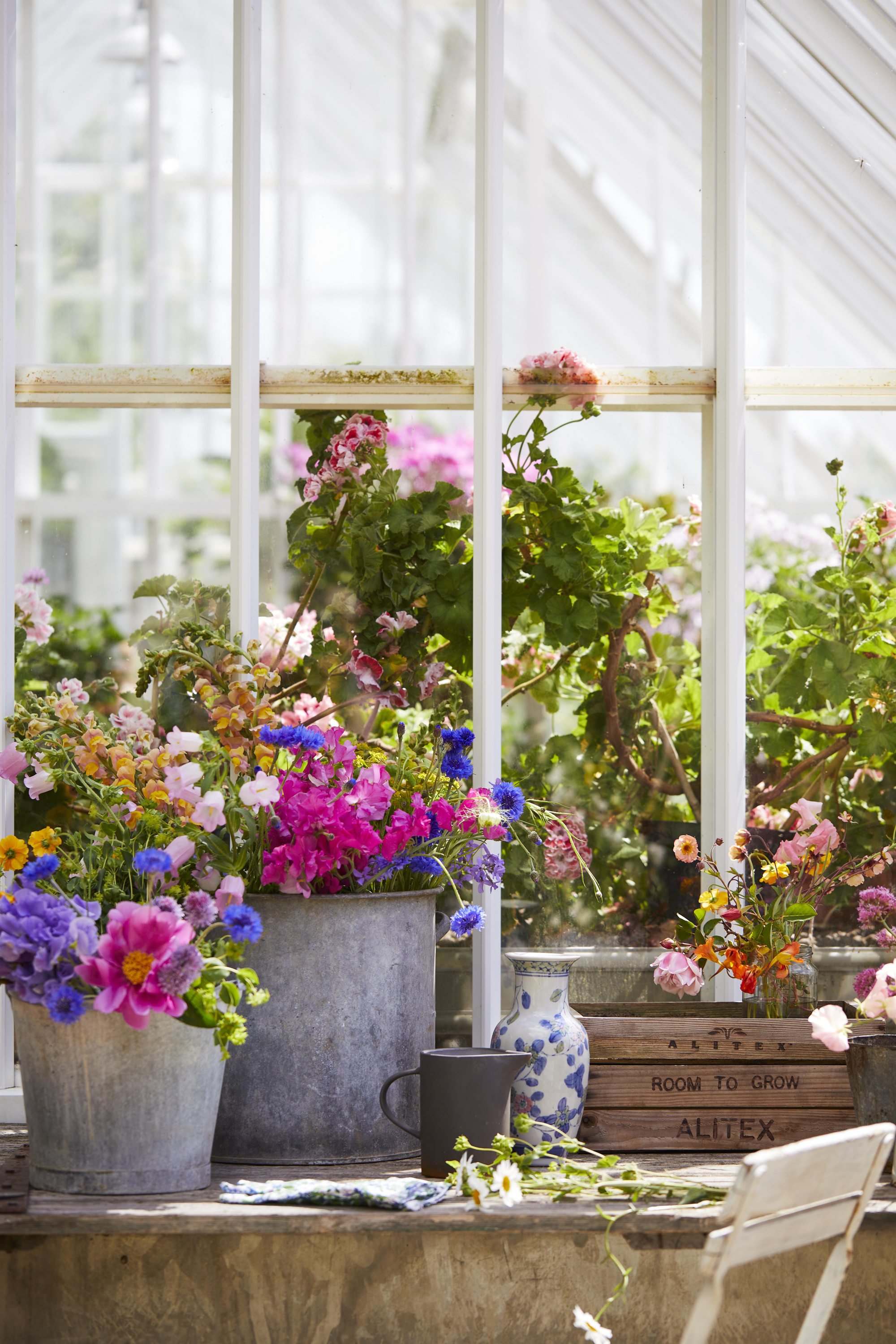
Anything goes, so long as it has drainage holes! Look for old terracotta chimney pots which are an easy way to add height in a display as you can sit a plant pot on top. Expect to pay anything from £15 upwards.
Old zinc bath tubs and dolly tubs are a savvy choice, as this metal will not rust. Pair them with plants that have silvery green foliage, such as lavender, rosemary or a small olive tree, and the colours will complement each other. Prices from £15.
Ceramic Belfast sinks make an attractive home for alpines and succulents. Create a miniature garden by filling them with a combination of soil and grit, then adding plants. They can be found on selling sites from £10 upwards.
Wooden crates make an instant mini raised bed. They are usually only practical for one season, as the wood will rot if left outside. Crates require lining before they are filled with soil and plants. Look for ones with lettering, numbers or typeface for an extra feature. Prices are usually around £15 - £40.
Upcycled focal features
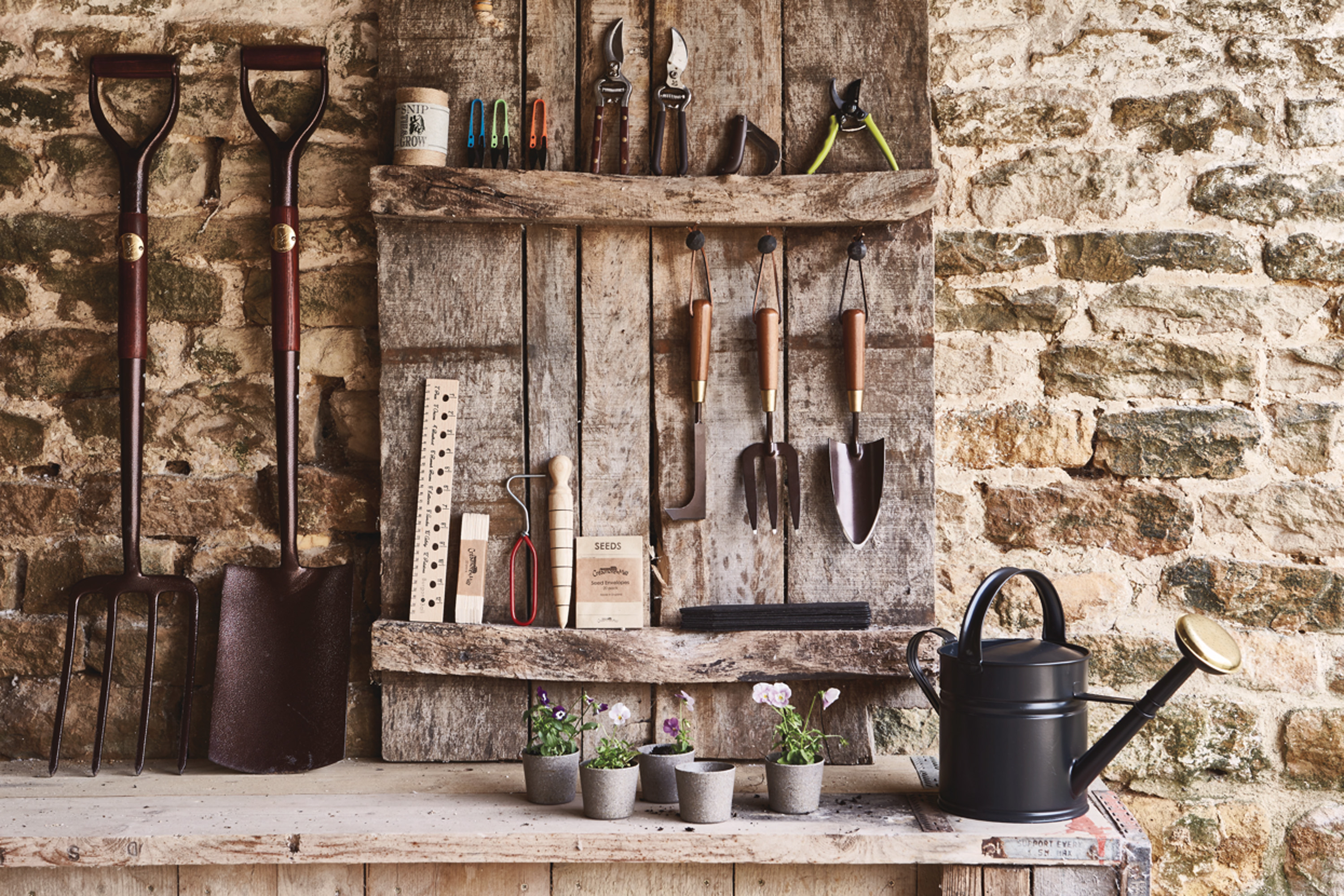
Think outside the box when it comes to utilising rustic artefacts. A cart wheel can be laid flat and turned into a herb garden, with different varieties planted in the triangles between the spokes. Shallow wooden potato chitting trays hung on the wall make instant shelves for a plant display. A rusty iron bedhead can be upcycled into a frame for climbers such as a clematis or a cup and saucer plant, which shoots out clinging tendrils. Pack an old wooden drawer with plants for a fun feature, or even try using a vintage suitcase as a temporary idea.
How to choose salvage wisely
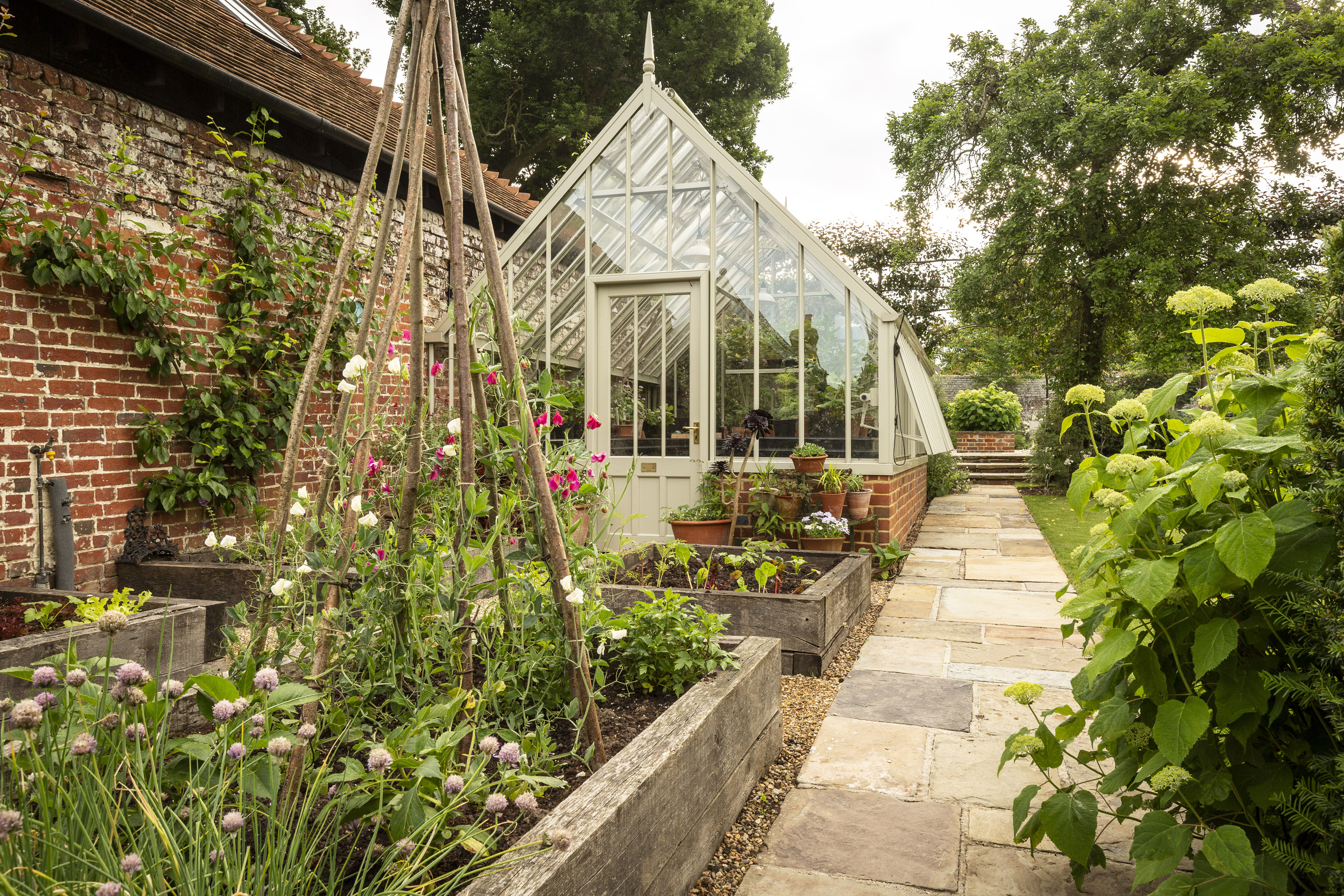
Any materials which are going to over-winter in the garden need to be frost-resistant. While some materials look better over time, others are unable to withstand damp and cold. Wood will eventually rot, although its life can be extended with a paint on wood preserver. Iron will rust and corrode when exposed to the elements. On the other hand, zinc is long lasting, and copper and brass artefacts gain an attractive blue/green patina called verdigris as they age.
Get the upcycled look without the hassle
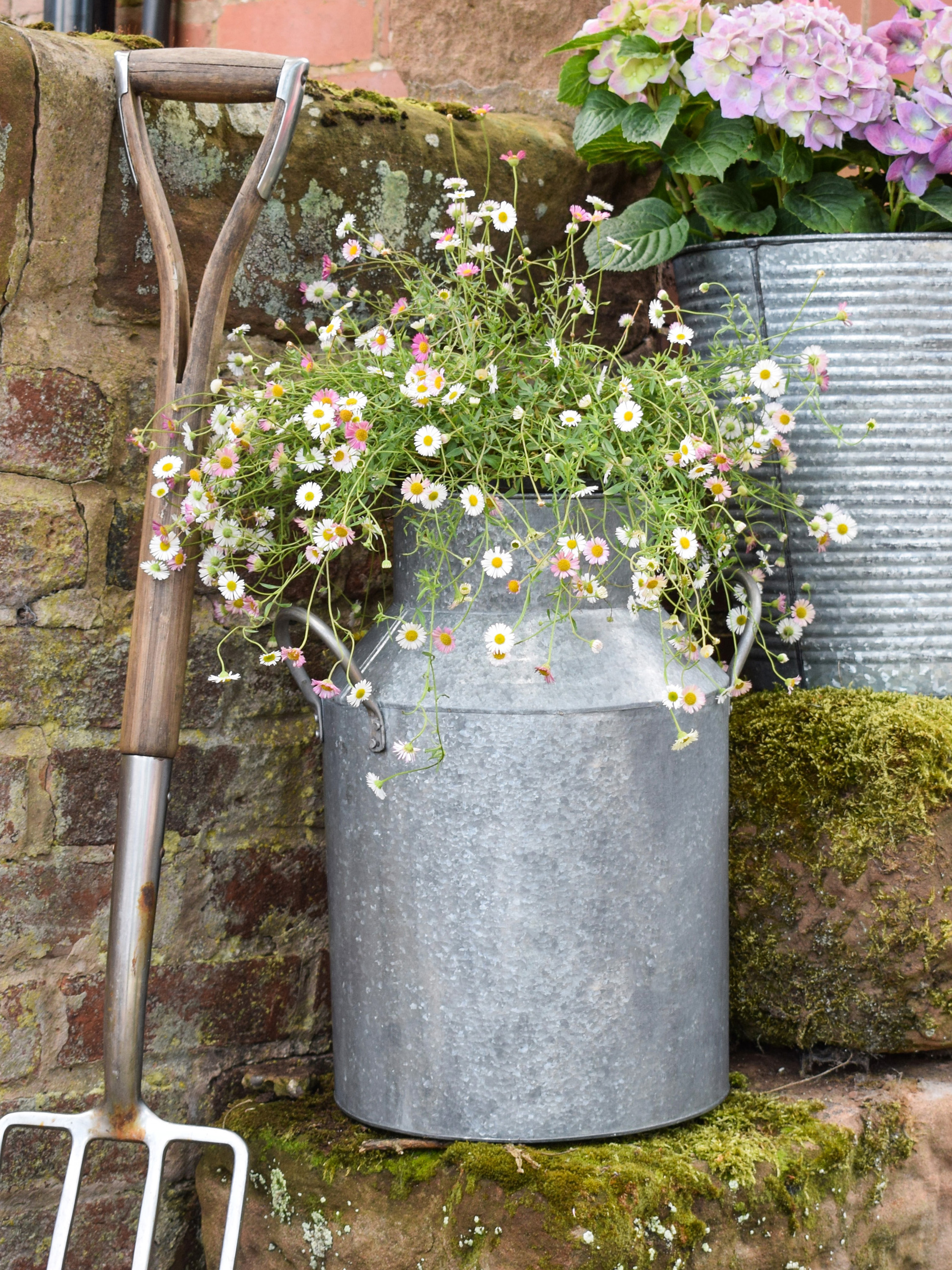
If sifting through secondhand items is not your style, go for a reproduction. Try Garden Trading and Nordic Style for a wide selection of planters and garden furniture with an aged look. For statement planters in an antique style, try Architectural Heritage and Cox & Cox offer a range of furniture and accessories with vintage appeal. For edging tiles with an authentic Victorian appearance, try Garden Stone.
More garden ideas:
- How to create an eco-friendly garden
- Cottage garden ideas: outdoor spaces brimming with character
- How to build a raised bed: follow our step-by-step guide

An experienced freelance journalist, editor and columnist writing for national magazines and websites, Fiona now specialises in gardens. She enjoys finding and writing about all kinds, from the tiniest town plots to impressively designed ones in grand country houses.
